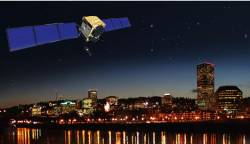Galileo Operations Contract, EGNOS SoL Service Move Ahead
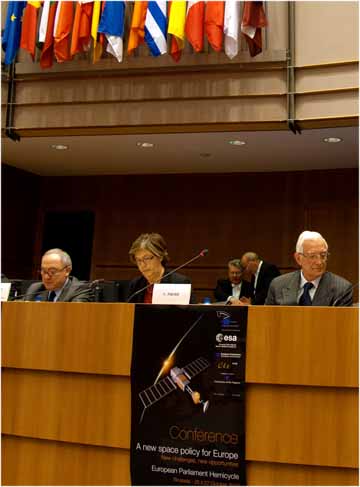 At European Space Policy Conference: From left, Jean-Jacques Dordain, ESA Director General, Mercedes Bresso, President of the European Committee of the Regions, Vittori Prodi, Member of the European Parliament. ESA photo – S. Corvaja, 2010
At European Space Policy Conference: From left, Jean-Jacques Dordain, ESA Director General, Mercedes Bresso, President of the European Committee of the Regions, Vittori Prodi, Member of the European Parliament. ESA photo – S. Corvaja, 2010Amid continuing debate over how to handle budgetary shortfalls in building a European GNSS, the European Space Agency (ESA) signed a €194 million ($270.5 million) contract on October 25 with Spaceopal to provide space- and ground-based services to operate the Galileo constellation once it has been fully deployed.
By Inside GNSS

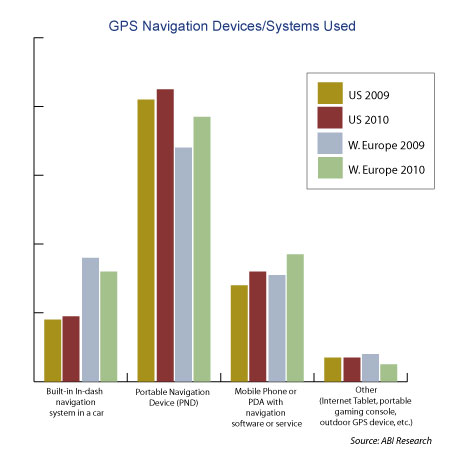
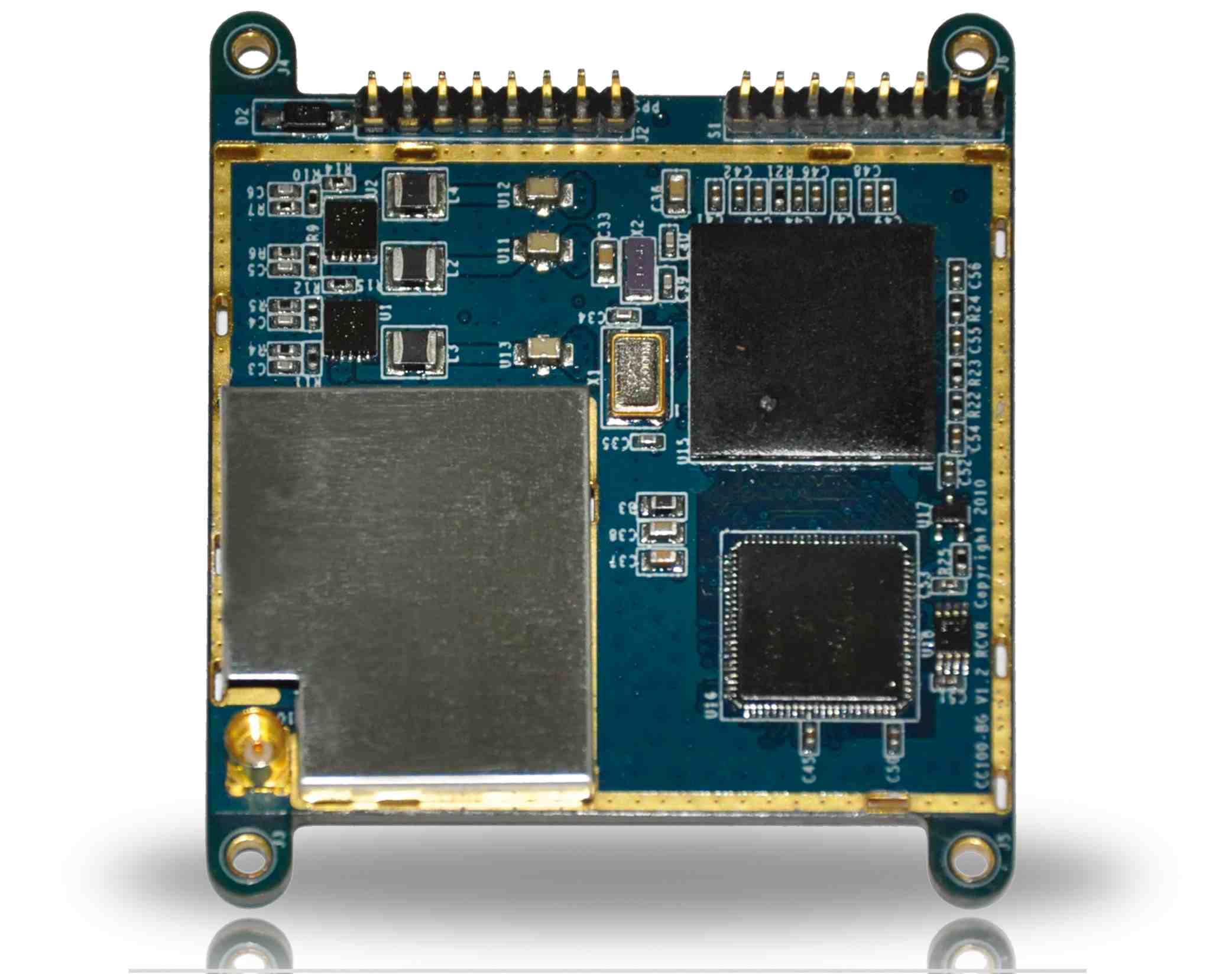
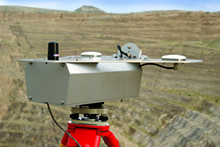





.jpg)
